Time to Think in 3D
Ok, class, strap on your thinking cap, because this lesson is going to bend your noodle. Today, we are going to leave the 2D world behind and move into 3D as we discuss the 3D Club Path AKA Resultant Path.
Do You Slice Your Driver But Not Your Irons?
I can’t tell you how many players I’ve coached who have come to me with that issue. “Matt,” they ask, “Why can I hit my irons straight but not my driver?” The answer: you have very different Resultant Paths with your irons vs. your driver (yes, loft and length are issues, too, but we’ll talk about that another day).
The Golf Swing is Three Dimensional
Everyone knows that the golf swing is, roughly speaking, an arc that exists in 3D space. However, most people think about the club path in two dimensions (i.e. “Swing to the right of the target”).
To really understand ball flight and club path, we need to recognize that the 3D Club Path is made up of three things:
Horizontal Swing Plane or Swing Direction – Swinging right or left of the target, from a bird’s eye view
Vertical Swing Plane – The angle of the swing arc, relative to the ground
Angle of Attack – How much up or down the club is moving at impact
But all those words…not very helpful. Let’s get some pictures to clear things up.
The Resultant Path
In these photos, we are going to use the hula hoop as a stand in for the arc of the swing (Swing Direction) and the Sharpie will indicate the 3D Club Path.
Here the hula hoop (Swing Direction) is pointed straight at the target, and so is the Sharpie (3D Club Path). The Swing Direction and Club Path are the same because the Angle of Attack is zero, the club is moving perfectly level to the ground at this point. Keep in mind, the Swing Direction and the 3D Club Path are the same at one point in the swing.
In this picture, the hula hoop (Swing Direction) is pointed straight at the target, but the Sharpie (Club Path) is actually pointed to the right. This is because the club is moving down (negative Angle of Attack) which shifts the Club Path to the right.
This picture shows the opposite of the last one: the Swing Direction is still pointed straight at the target, but the Club Path is pointed to the left. This is because the club is moving up (positive Angle of Attack) which shifts the Club Path to the left.
What would we have to do to get a positive Angle of Attack and a “straight” Club Path?
To “zero out” the Club Path with a positive Angle of Attack, we need to shift the hula hoop (Swing Direction) to the right.
Practical Applications
I know that’s a lot to get your head around, so here is the Cliff Notes version:
When you hit down on the ball, your club path is more to the right.
When you hit up on the ball, your club path is more to the left.
So in terms of practical application, it is easier to draw the ball when you’re hitting it off the ground (hitting down) than when you’re hitting it off a tee (hitting up).
What You Should Do
Hopefully, as we have moved through these lessons you have learned more about more about your swing and your tendencies with each club. This lesson gives you a more detailed understanding of why some of those tendencies exist. For example, you may have found that you hit your 7I straight, but the 9I and wedges tend to draw. Now you know why: by hitting down more, you are shifting your Club Path further right, promoting a draw.
I will be creating lessons to help you control your Club Path and Angle of Attack in the future, but if you have any specific questions or lessons you’d like to see, please let me know by leaving a comment below.
Understanding Ball Flight
Part 4: 3D Club Path (Resultant Path)
Watch the Video
He founded Plugged In Golf in 2013 with the goal of helping all golfers play better and enjoy the game more.
Matt lives in the northwest suburbs of Chicago with his wife and two daughters.
- Performance Golf Click Stick Training Aid Review - October 18, 2024
- Callaway Opus Platinum Wedge Review - October 17, 2024
- When to Take a Break from Golf - October 15, 2024


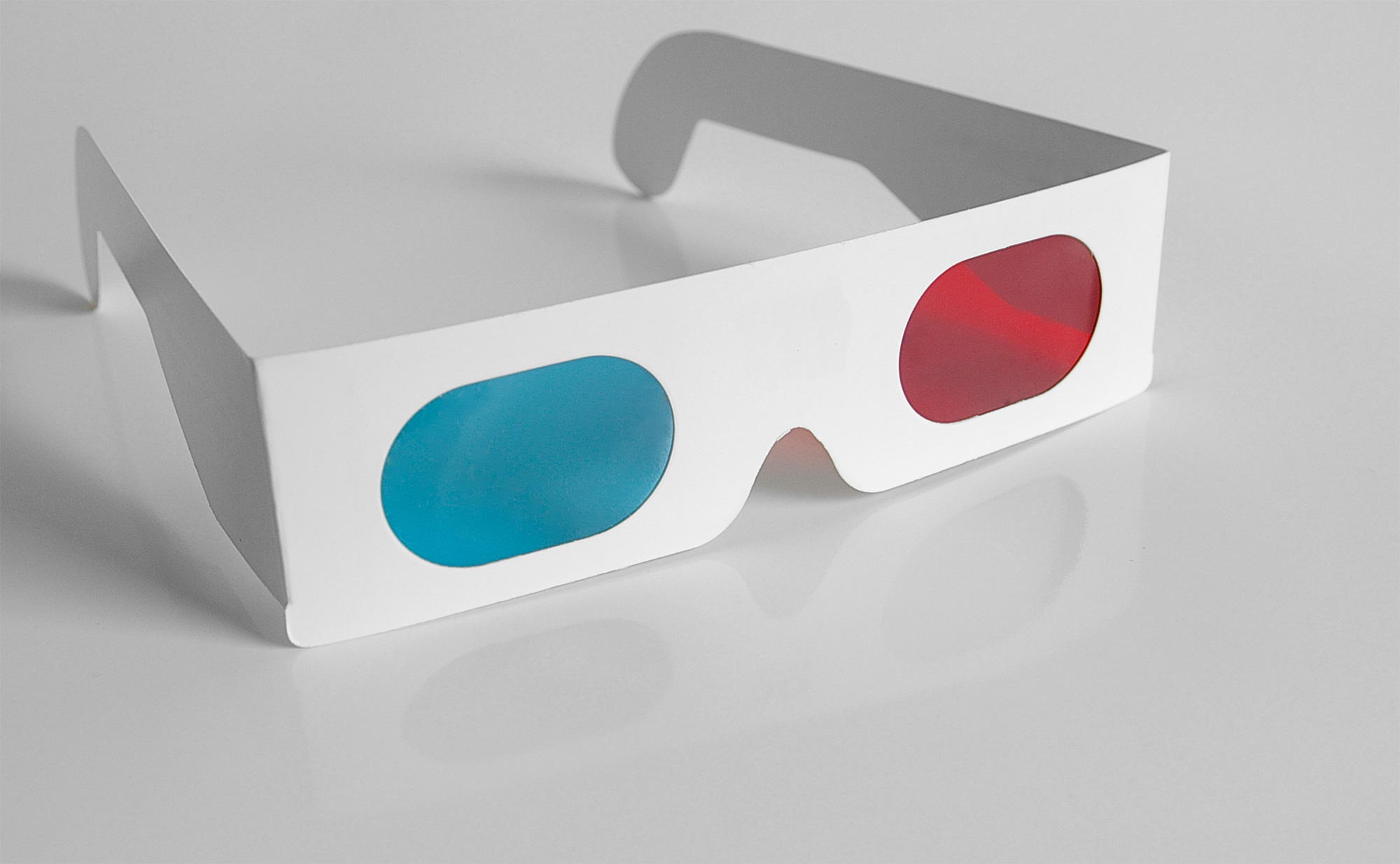

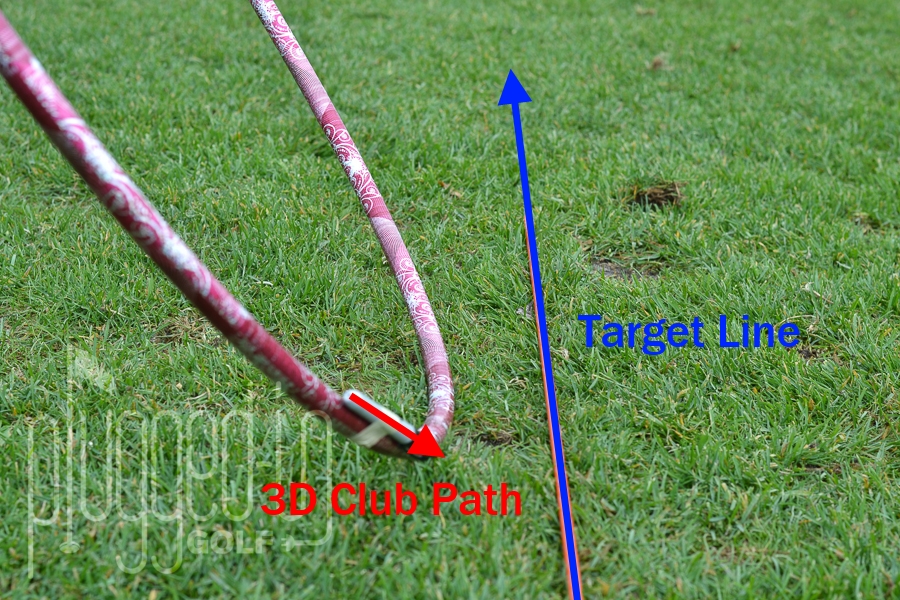
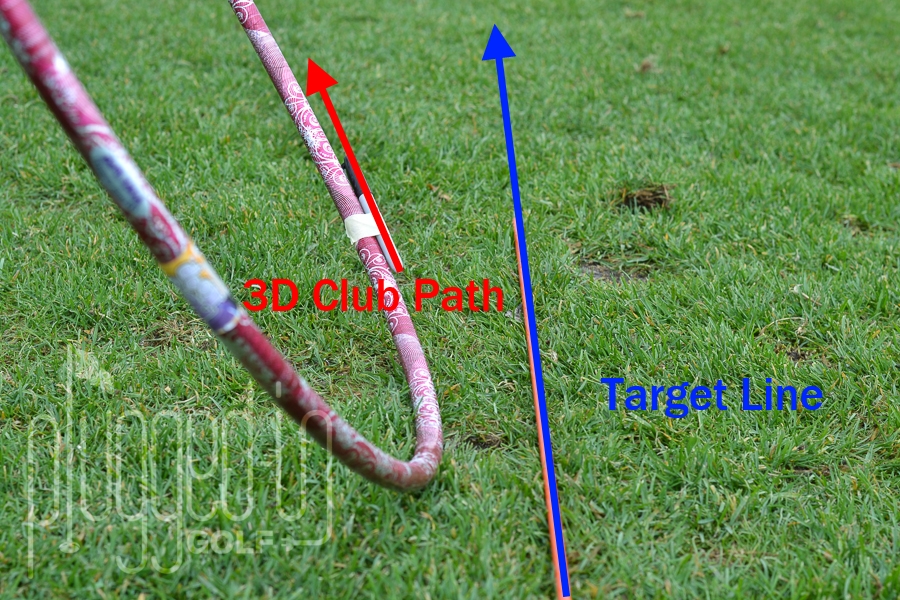
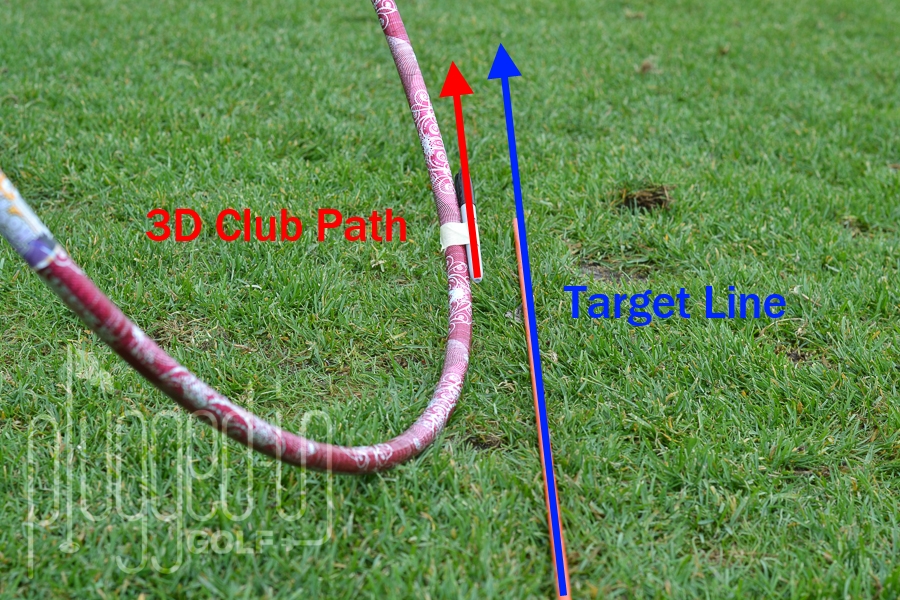
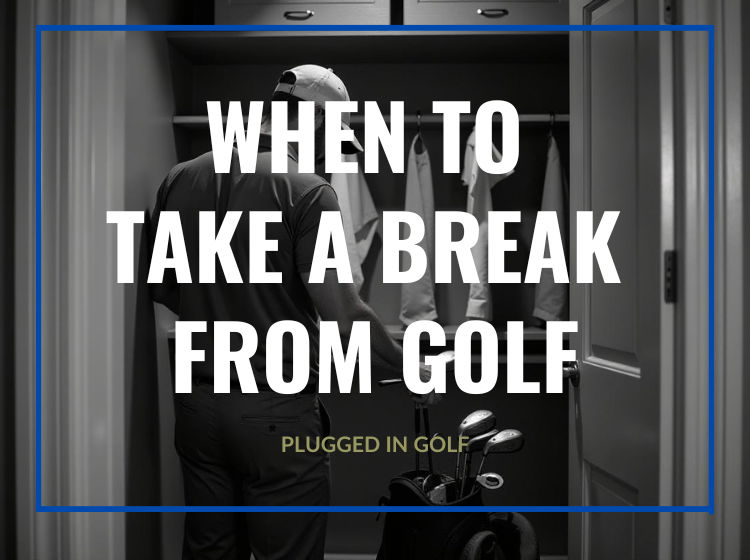
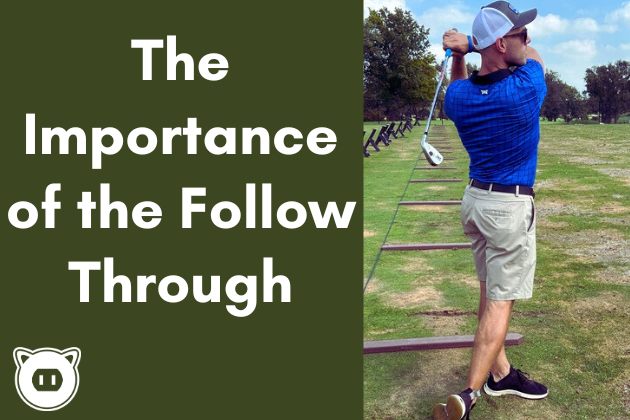
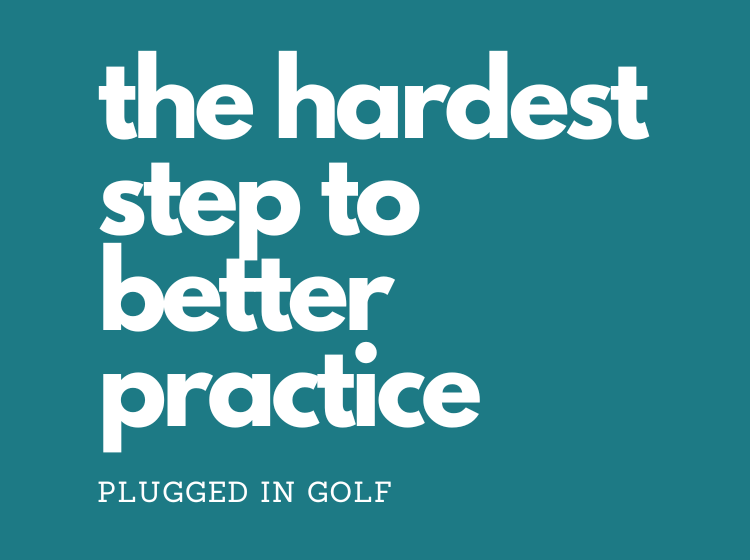









11 Comments
Absolutely great explanations that I can easily apply. Well, maybe not easily, but…. Now I under stand why opening my driver a couple of degrees helps to control my draw. I found your sight by searching “gear effect”. Thank you.
hey matt,
just got fitted for a ping g driver with the stock Alta shaft and have some questions after reading your ball flight laws. i averaged an 80 mph swing speed a 14° angle of attack with 2200-2300 back spin. the guy tells me I need more back spin around 3000-3500 and lofts the head to 11.5 which brought it up to 2500-2600 he says i consestantly hit down on the ball so I need to widen my stance to get more spin this seems to be the opposite of what I’m reading here. what is the optimal back spin for an 80 mph swing if there is one. after following your reviews and instructions since 2014 I have way more trust in your judgement and advice.
Bobby,
Thank you for your continued readership and trust.
I’m going to guess that you meant 14* launch angle, not angle of attack – that would be REALLY extreme.
Let’s start here: if you have an 80 MPH swing, your optimal carry would be at or slightly over 200 yards. 14* and 2500 at 120 MPH ball speed should be about 186 yards.
To get to 200 yards at 120 MPH, my simulator shows that you would need 24* and 1900 RPM, which might require a long-drive style upper cut swing.
If you keep your 120 MPH ball speed and 14* launch, I think going from 2500 to 3000 RPM would actually cost you a couple yards.
All that to say, your numbers are pretty good. I would not mess with my swing to try to get a couple hundred more or less RPM. If you want more distance, you’re much better off working on your swing speed.
I hope that helps.
Best,
Matt
by the way can you recommend a game improvement 3 wood for hitting off the ground. if I can fix that I think I could break ninety. I usually top it and the 5i only gets me about 150 yds same as the 4 hybrid I have.
Bobby,
I would suggest taking a look at the PING G400 or G series, and consider a 5W instead of a 3W. In my recent PING fitting, I actually carried the 5W farther due to higher launch.
Best,
Matt
I still don’t get how changing the direction of a downward swing for wedge to the left corrects the draw. Or to the right for driver. Please say it differently and create a word picture for me please like you’ve gone in other videos.
Frank,
I’m afraid that the hula hoop pictures and the video are the best I can do.
-Matt
My irons go to high. 8i goes 150 yards which is ok but would like more penetrating ball flight. In a best ball tournament we where 5 yards behind a 30 foot tall tree 130 from green I hit pw over tree onto green. Is this normal ball flight? Or am I right I need lower flight into wind kills my distance.
Mark,
Without launch monitor data, I can’t tell you if your ball flight is costing you distance. If you’re unhappy with your irons’ performance, I would suggest booking an appointment with a fitter like Club Champion to get them straightened out.
Best,
Matt
Hi,
I think I understand, thanks for the advice! I find that I do draw my short irons more. How would you advise me to correct this? I see that to fix the shots off a high tee I should shift the path to the right to prevent a fade. So for irons should I be shifting the path left??
And lastly would you advise me to just stand more open (irons) and swing along this path or try to swing more out to in with a square stance?
If it helps I recently went to a launch monitor and the fitter told me I launch it high and spin it very high. Likely due to a steep angle of attack. My miss with driver is usually a huge hook or a block right. My irons are good but launch high
Love the articles
Thanks!!
Josh,
To your second question (changing alignment versus changing swing), I prefer altering alignment/stance, but that’s a personal preference.
To your first question, I don’t know that it’s something you need to “correct,” it’s just something that’s inherent in the way we use different clubs. If you do want to get all your clubs on the same path, so to speak, I would make SMALL tweaks to my stance depending on the clubs.
Best,
Matt